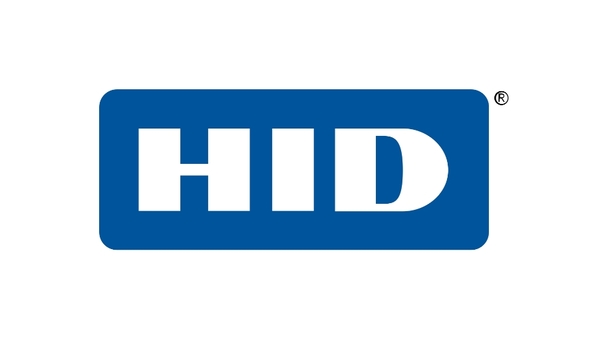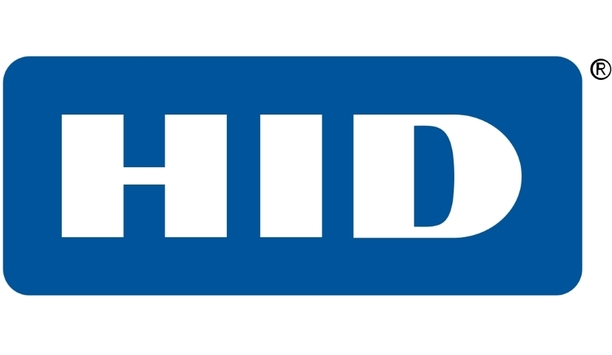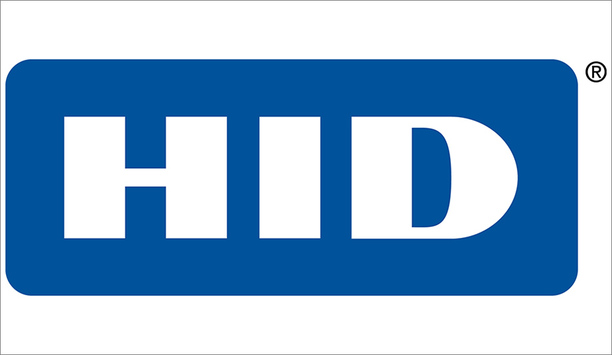Richard Aufreiter

Richard Aufreiter
Director of product management, HIDRichard Aufreiter is the Director of product management at HID Global Ltd.
News mentions
The transportation industry is unique because it plays a role in both the minutiae of everyday life and the overall economy's well-being. Providing uninterrupted and efficient transportation services...
HID Global, provider of trusted identity solutions, announces that the European Molecular Biology Laboratory (EMBL) in Grenoble, France has selected HID’s radio frequency identification (RFID) t...
HID Global, a global provider of trusted identity solutions, opens this week’s RFID Journal Live! conference and exhibition with the industry’s first tamper-evident beacon for IoT applicat...
HID Global, a provider of trusted identity solutions, has been at the forefront of helping organizations around the world to streamline processes by securely connecting equipment, devices, inventory,...
HID Global, a provider of trusted identity solutions, announced the latest addition to its Seal Tag family of RFID products, the Seal Tag edTamper UHF. The new solution quickly verifies the seal statu...
HID Global®, a worldwide leader in secure identity solutions, recently introduced new Brick Tag Ceramic UHF transponders and SlimFlex™ HF OM tags that are designed and architected to withsta...
HID Global®, a worldwide leader in secure identity solutions, has announced industry leading biotechnology radio frequency identification (RFID) tags designed to meet a critical need in the cryopr...
HID Global®, a worldwide leader in secure identity solutions, recently announced that its Identification Technologies division has launched its new High Temperature Label portfolio of wafer-thin U...
HID Global®, a worldwide leader in secure identity solutions, recently announced that its Identification Technologies division is expanding its ultra-durable Epoxy Tag portfolio of RFID tags to in...
HID Global®, a worldwide leader in secure identity solutions, recently announced that its Identification Technologies division has added Near Field Communication (NFC)-readable tags to its rapidly...
HID Global®, a worldwide leader in secure identity solutions, recently announced that its Identification Technologies division is shipping the IN Tag™ 300 8KB RFID transponder, which is idea...








































